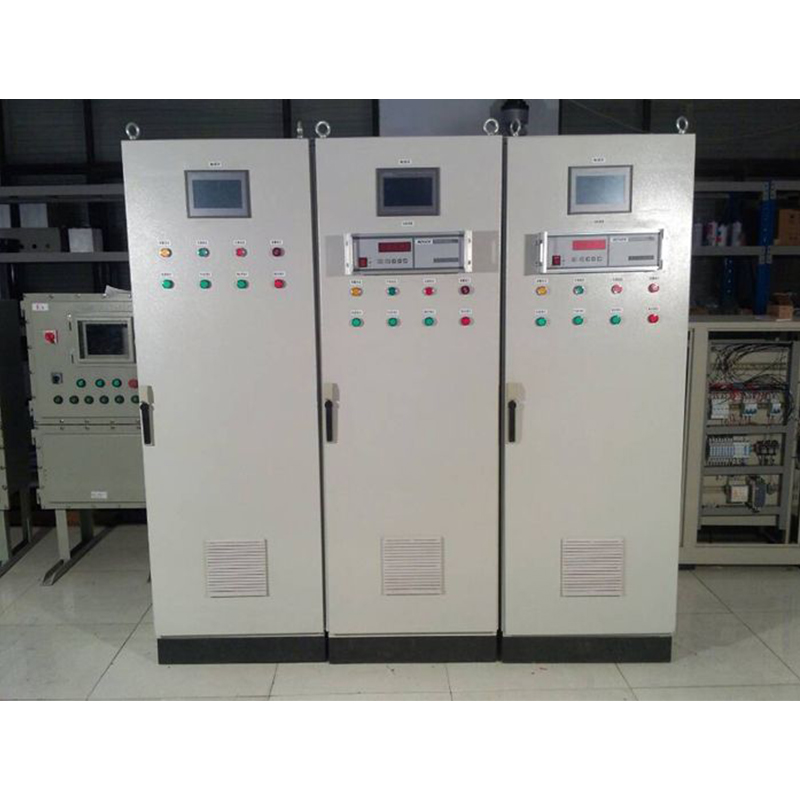
Nov . 16, 2024 03:36
Back to list
gas heat exchanger
Understanding Gas Heat Exchangers Efficiency and Applications
Gas heat exchangers play a crucial role in various industrial processes by transferring heat between two or more fluids without mixing them. These devices are essential in improving energy efficiency, reducing operating costs, and minimizing environmental impact. As industries strive for sustainability and optimal performance, gas heat exchangers have gained significance in diverse applications ranging from power generation to chemical processing.
What is a Gas Heat Exchanger?
A gas heat exchanger is a system designed to transfer thermal energy between a gas and another medium—typically a liquid or another gas. The primary function is to either recover waste heat from flue gases in power plants or boost the temperature of a gas before it enters a combustion chamber. The efficiency of these units depends heavily on their design, the materials used, and the conditions under which they operate.
Types of Gas Heat Exchangers
Several types of gas heat exchangers exist, each serving different purposes and applications
1. Counterflow Heat Exchangers In these units, two fluids flow in opposite directions, maximizing the temperature gradient and enhancing heat transfer efficiency. This configuration is commonly used in oil refineries and power generation plants.
2. Crossflow Heat Exchangers Here, one fluid flows perpendicular to another. These exchangers are often used in air conditioning and refrigeration applications because they can handle large volumes of air without excessive pressure drop.
3. Shell and Tube Heat Exchangers Comprised of multiple tubes, these exchangers allow one fluid to flow through the tubes while another fluid circulates around them, providing efficient heat transfer. They are widely used in chemical processing industries.
4. Plate Heat Exchangers Made of thin plates stacked together, these units offer a compact design suitable for applications where space is limited. They provide high efficiency and are often employed in food processing and HVAC systems.
Applications of Gas Heat Exchangers
gas heat exchanger

Gas heat exchangers are deployed across various sectors, including
- Power Generation In fossil fuel power plants, gas heat exchangers recover heat from exhaust gases to preheat fuel or air, improving overall efficiency and reducing emissions.
- Chemical Processing Many chemical reactions require precise temperature control. Gas heat exchangers help maintain the required thermal conditions, enhancing reaction rates and product yields.
- HVAC Systems In heating, ventilation, and air conditioning applications, gas heat exchangers recover heat from exhaust air to preheat incoming fresh air, thus improving energy efficiency.
- Waste Heat Recovery Industries generate significant waste heat that can be repurposed. Gas heat exchangers capture this heat, converting it into usable energy for heating purposes or electricity generation.
Challenges and Considerations
While gas heat exchangers provide numerous benefits, they also face challenges. Fouling, corrosion, and pressure drops can reduce their effectiveness over time. Regular maintenance, appropriate materials selection, and monitoring of operating conditions are essential to maximize their lifespan and efficiency.
Additionally, the initial investment and installation costs can be significant. Therefore, businesses need to conduct a thorough cost-benefit analysis to ensure that the long-term savings on energy and operational costs justify the upfront expenses.
Conclusion
Gas heat exchangers are indispensable in modern industrial processes, offering solutions to improve energy efficiency, reduce costs, and support environmental sustainability. As technology advances and the push for greener practices continues, the importance of these systems will only grow. Investing in high-quality gas heat exchangers not only benefits individual enterprises but also contributes to broader efforts in promoting energy efficiency and reducing carbon footprints across industries.
Latest news
-
Safety Valve Spring-Loaded Design Overpressure ProtectionNewsJul.25,2025
-
Precision Voltage Regulator AC5 Accuracy Grade PerformanceNewsJul.25,2025
-
Natural Gas Pressure Regulating Skid Industrial Pipeline ApplicationsNewsJul.25,2025
-
Natural Gas Filter Stainless Steel Mesh Element DesignNewsJul.25,2025
-
Gas Pressure Regulator Valve Direct-Acting Spring-Loaded DesignNewsJul.25,2025
-
Decompression Equipment Multi-Stage Heat Exchange System DesignNewsJul.25,2025

